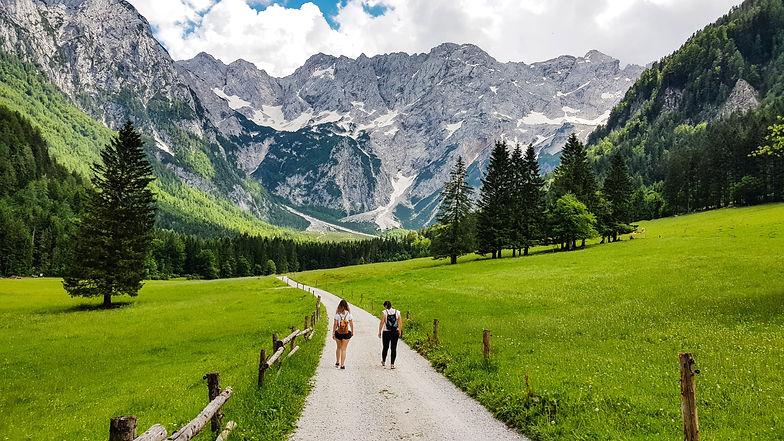
Highlights of Slovenia
This is personal, colored and not at all objective travel advice for Slovenia. So use it mainly as a source of ideas, to inspire your own travel planning.
Bled




Bled is a small tourist town situated on a beautiful mountain lake. There are a number of larger hotels, all clustered on one side of the lake. The vast majority of the lake shore is undeveloped and is a complete green zone. There is a walking & running trail around the lake of about 6 km.
The town itself still exudes a somewhat "Yugoslavian" atmosphere. A number of buildings are still fairly original.
An absolute icon on the shores of the lake is Vila Bled. The former summer residence of Field Marshal Tito, is now run as a hotel. A hotel in which the atmosphere of the past still comes out completely. For example, you can visit the conference room with socialist frescoes. The Belvedere is a nice location to have a coffee or cake. Speaking of cakes, the Bled cake is an absolute must-try!
Blejski grad (castle)
Next to the lake, on a rock 130 meters high, is Bled Castle. An authentic medieval castle, built on several levels. At the very top, there is a great terrace next to the castle's restaurant.
From the parking lot next to the castle it is a very steep road to the entrance of the castle.






Bled island & Cerkev Marijinega Vnebovzetja
In Lake Bled, there is a small island with a church on it (Church of Mary Ascension). You can reach it only by pletna or by rowing or supping yourself.
Bohinjsko jezero and Slap Savica
Within 30 km from Bled is Lake Bohinje. A large (4.5 km long, 1 km wide) mountain lake that remains pretty cold even in summer. The lake lies in between the mountains.
Fun local trips include the spectacular Savica waterfall (especially when it has rained the days before). Can be reached within an hour's walk (uphill) at the far end of the lake.
Or take the spectacular steep cable elevator up Vogel, a ski area also fun to visit in the summer. There are numerous hiking trails and a number of elevators also work to get to the top of the mountain.








Kranjska Gora
Kranjska Gora is a reasonable little ski resort just on the border with Austria. I also have a personal connection with it (see below). It has a cosy little center and several good hotels to stay in.
Tip: On one of the ski slopes there is a toboggan run to ride down the mountain. We have done this several times with the children.
Vršič Pass
The Vršič Pass is an authentic mountain pass from Kranjska Gora toward Bovec. It is a small mountain pass (no trucks or large buses) and has 50 hairpin turns.
On the way to the top is a Russian chapel in memory of the Russian prisoners of war who built the road in World War I (see also Kobarid).
Tip: For lovers of hairpin turns, a drive to the top of Mangart Mountain is highly recommended.

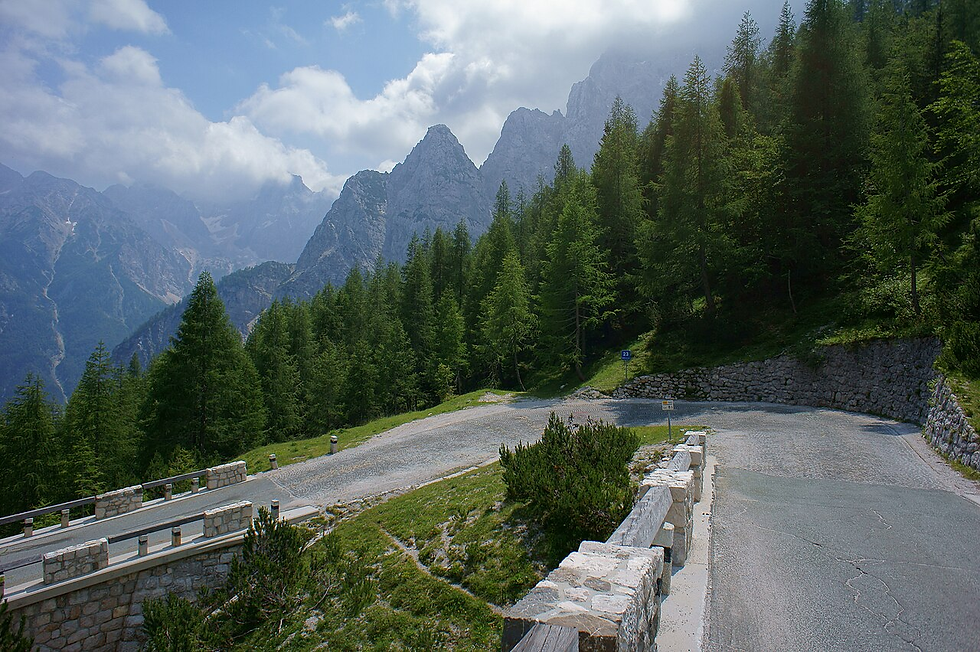


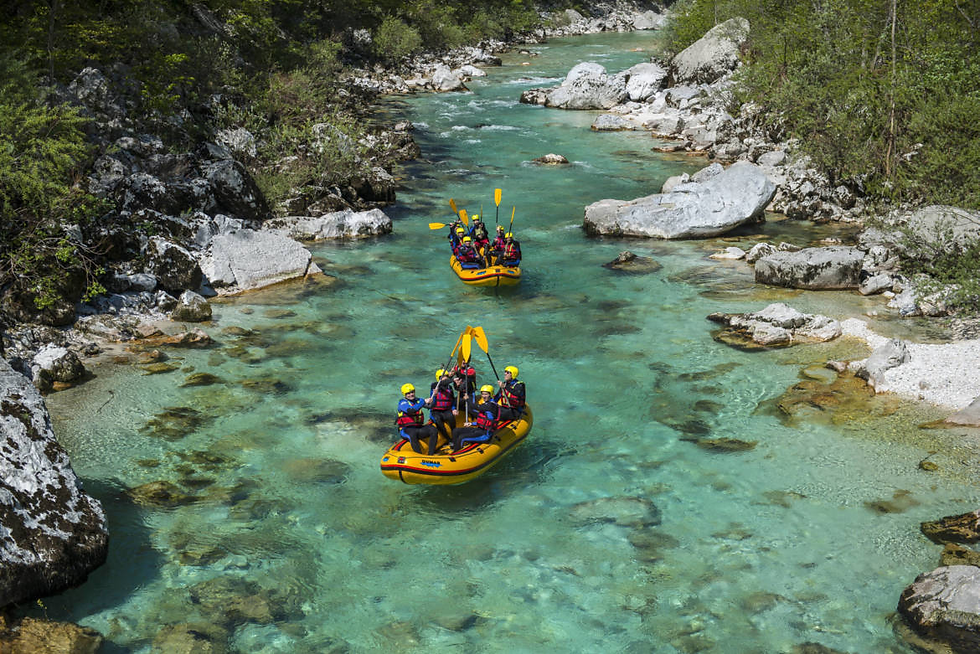
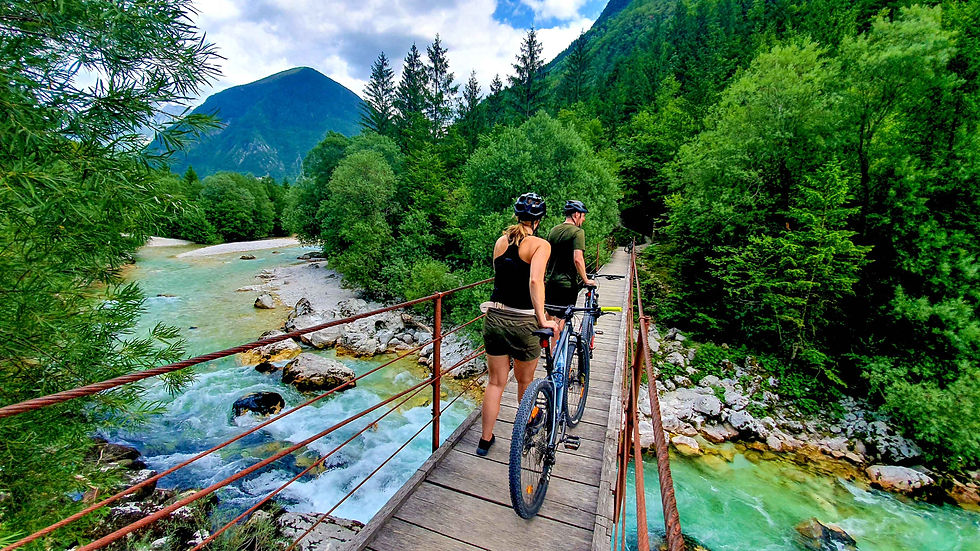

Soča and Bovec
On the other side of the Vršič Pass is the valley of the Soča River. A special green environment. Bovec is known for rafting on the Soča River.
Kobarid
Further up the Soča Valley is the town of Kobarid, a center for iron forging in the region.
But it is mainly the museum of Kobarid that is worth a visit. After all, the region was an important war zone during World War I.
Somewhat comparable to the Yser region and Ypres (where there were years of fighting with hardly any progress or decline, but with many human sacrifices) but in the mountains.
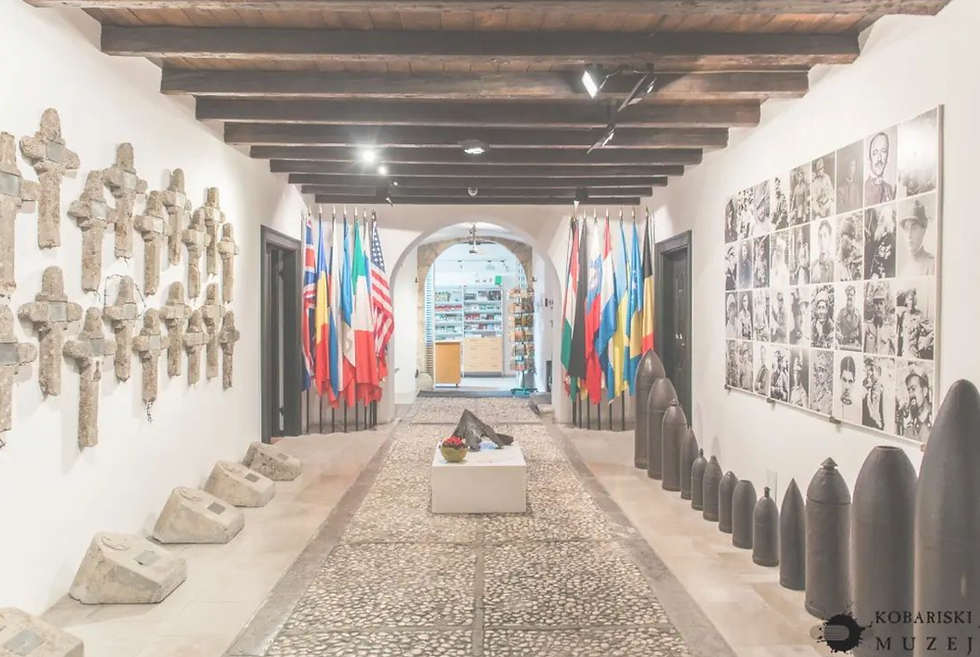




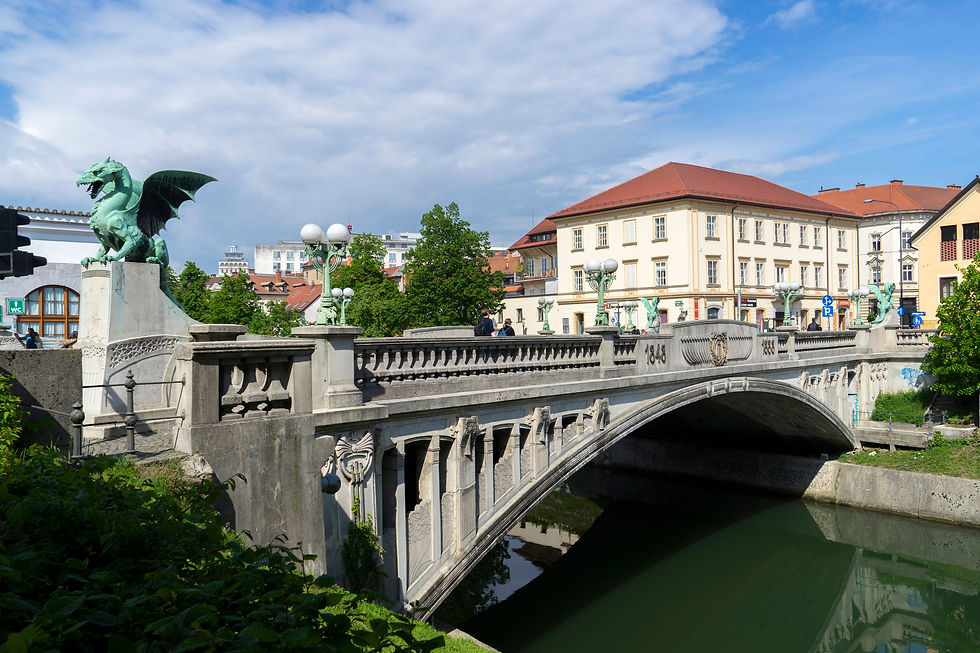


Ljubljana
The capital of Slovenia is quite charming. It is a small city (similar to Ghent) with a significant student population (university). This makes Ljubljana a diverse and a cool city to visit.
The city lies along the Ljubljanica River that flows through the city (terraces) and in the middle is the central castle on a hill.
Lipica (Lipiza)
The famous white Lipizzaner horses from the Spanish riding school in Vienna originally came from Lipica. Not surprisingly, Lipica used to be in the Austro-Hungarian Empire and is close to Trieste (the former main port of the empire).
Lipica is a charming place where you can visit the stud farms. A must-see for horse lovers, but actually, it is a nice place to visit for everyone.





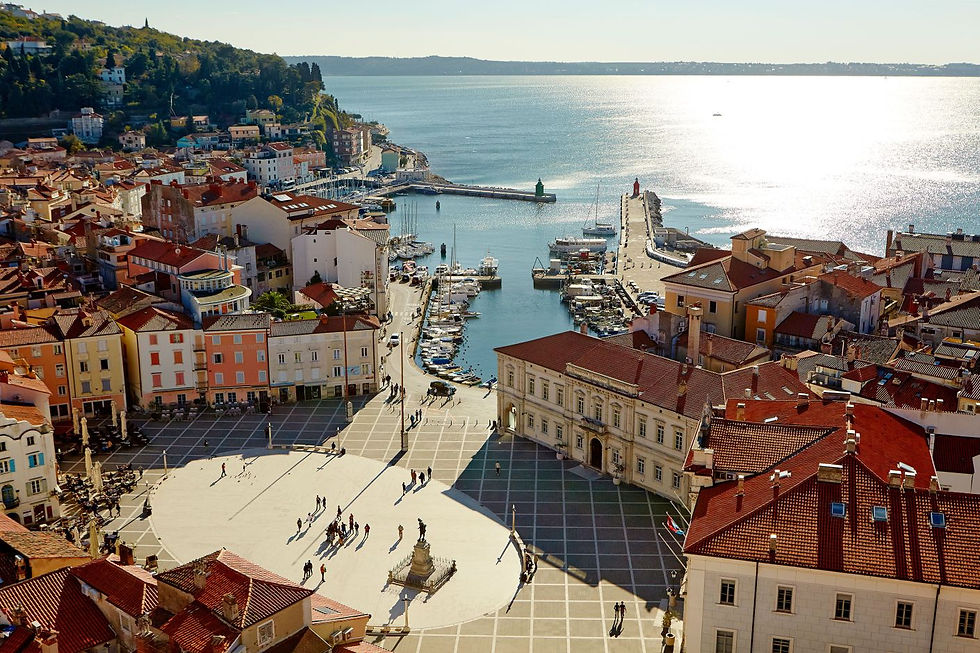
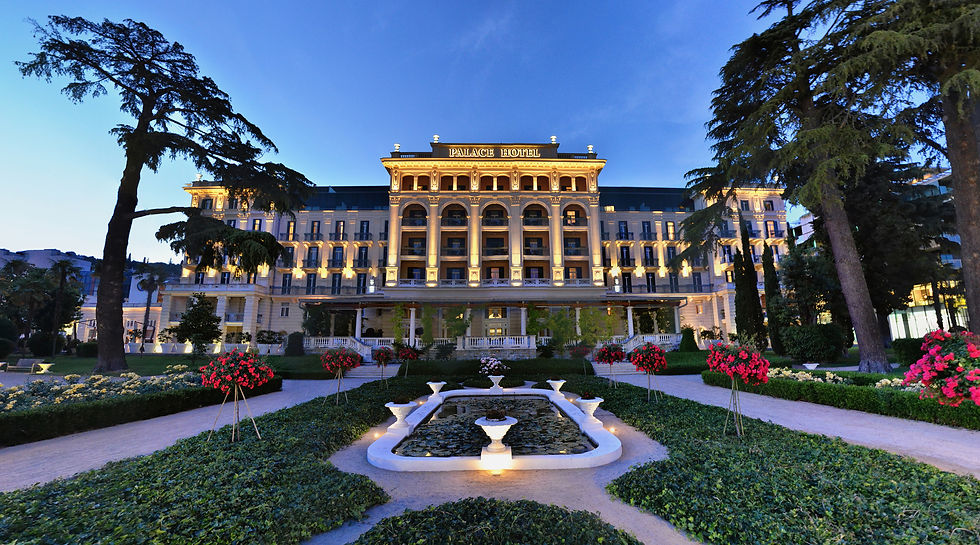

Piran
Piran is a small coastal town built around a rock in the Adriatic Sea. It has a small central square with a Venetian tower. Very many lovely places to eat in the town.
Tip: Sleep mainly in nearby Portoroz where the Kempinski Palace Portoroz Istria is probably one of the best hotels in Slovenia.
Postojnska jama and Škocjanske jame (caves)
The area between Ljubljana and the coast is a karst area. This is a strong limestone subsoil in which numerous caves have been created by erosion.
The largest and most visited cave system is in Postojna. The caves can be visited extensively and one can even be taken deep into the cave system by electric train. It can be crowded at times, but it is the most extensive cave system in Europe. There are a huge number of stalagmites and stalactites. A real must-see.
Tip: Close to Postonja is the castle of Predjamski grad. An authentic medieval castle built in a large rock cavity which was not impregnable.
Another famous cave system is Skocjan. Less extensive, but at least as spectacular where especially the differences in height stand out.


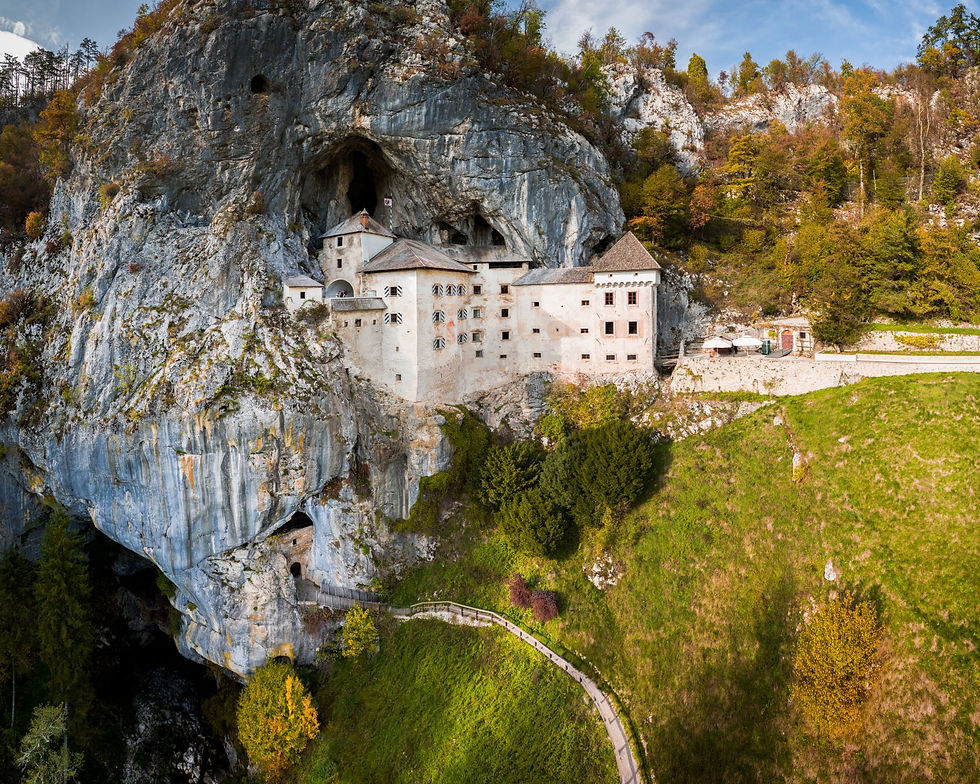

Google Maps with all highlights
Slovenia is a fantastic and diverse little country. Located between Austria, Italy, Croatia and Hungary, it is a great mix of many cultures and many landscapes. In itself, Slovenia is not at all vast (two-thirds the size of Belgium) but due to its mountainous/hilly nature, travel times are sometimes longer than the distances suggest. With 2.1 million inhabitants, it is definitively not densely populated.
This Google Maps included all my personal highlights.
Practical
How to get there?
To Slovenia, you can drive by car through Germany (Munich) and Austria (Salzburg, Villach, also through the Tauern Tunnel). You used to have to go over the Wurzenpass to enter Slovenia. A particularly fairytale mountain pass with steep slopes and a border post at the top. Today there is the long Karawake Tunnel that makes it all much easier.
But if you arrive during the day and your first stop is Kranjska Gora, be sure to take the Wurzenpass!
Near the Wurzenpass, there is an old NATO mountain base (on the Austrian side) from which they could fire oncoming tanks.
The roads in Slovenia are excellent. The highway network is quite extensive over which millions of people pass Slovenia every year on their way to Croatia and beyond. Don't forget to purchase an e-vignette. By the way, secondary and local roads are also very good.
By plane, of course, you get there faster. Slovenia's main airport is close to Ljubljana, the country's capital. Brussels Airlines flies there directly. Via a stopover, you can fly with several other airlines.
Geography
Slovenia is very diverse in its landscapes in a small area:
In the north (border with Austria and part with Italy) you can find the Alps (they call it the sunny southern flank of the Alps).
Inland (towards Croatia) you have the karst region (limestone subsoil, large cave systems), on the Adriatic coast (Slovenia has a rather short coastline) you have typical Mediterranean landscapes and in the East, you have a much more rolling landscape (towards Hungary).
Gastronomy
Slovenia is a mix of different cultures.
For example, a mixed grill and all kinds of grilled dishes are very popular (Croatian influence), they also like to eat schnitzels and veal steaks (Austrian influence), but Pasta and Pizza are also very popular (Italian influence). For example, in almost every restaurant you can order gorgonzola sauce (for lovers)!
Economy and safety
Slovenia is a very safe and quiet country. Economically they were already the quiet engine in Yugoslavia, after the independence they put everything into their own strength. In terms of culture, it is rather uniformly Catholic (many little churches). Can sound a bit boring, but contributes just as much to the tranquility that Slovenia exudes.
